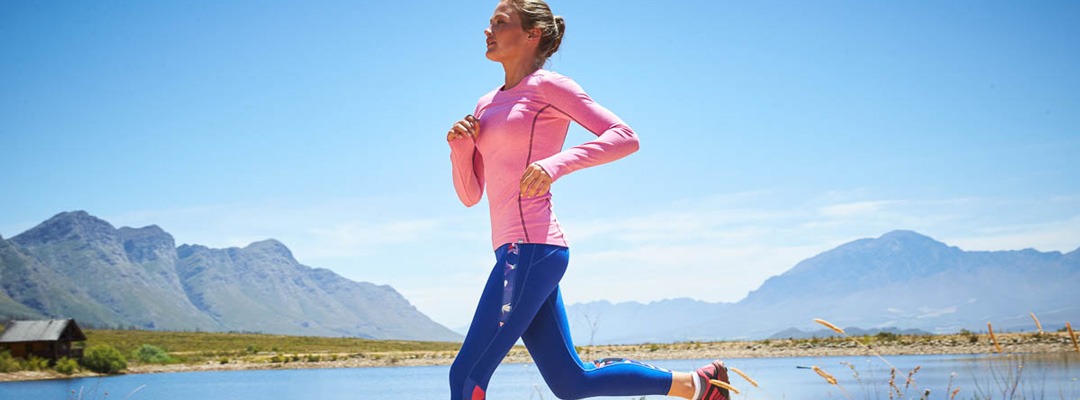Good Reasons On Deciding On Merino Wool Base Layers
Wiki Article
What Makes Yak Merino's Base Layer So Effective In Winter Sports Clothes?
Base layers made of Yak merino wool excel in winter sports clothing because of a mix of factors that enhance warmth, temperature control and moisture management, as well as the comfort and durability. Warmth and Temperature Regulation-
Both yak wool and merino have naturally insulating properties. Yak fibers are hollow, and hold in air to create warmth. Merino, too, is known for its insulation.
regulates body temperature- The combined fabric helps regulate body temperature by absorbing warmth in cold temperatures while also allowing airflow to avoid overheating during high activity.
Moisture Management-
Merino Wool is a Moisture Wicking. Merino's moisture-wicking properties pull moisture from the skin, dispersing it and preventing sweat from accumulating. Yak wool can also help transport moisture and keeps the wearer comfortable during exercising.
Comfort-
Softness Merino Wool is known for the fine, soft fibers it has. They are not irritating to skin. In addition, yakwool fibers are soft also enhances comfort.
Odor Resistant- Both kinds contain antimicrobial properties that limit the growth of bacteria that cause unpleasant odors. They also keep the clothing fresh.
Durability-
Strength and Resilience Yak is a strong and durable fiber, however when it is coupled with merino, it becomes stronger and more durable to wear. This makes it suitable for demanding activities.
Natural Fiber Benefits-
Renewable Fibers: Merino and Yak wool are biodegradable, renewable fibers which make them an environmentally friendly option.
Versatility- The natural properties of these wools permit them to be used in a variety of weather conditions, while maintaining their efficiency in both dry and dry environments.
Combining the best of both merino wool and yak creates the most luxurious fabric that is incredibly warm and tensile strength. It also regulates temperature, manages humidity, provides comfortable wear and is durable. The combination of wool and yak is an excellent base layer to wear for winter sportswear because it meets the requirements of outdoor sports in cold climates. Take a look at the recommended visit this link on merino wool base layers for blog advice including ski underlayers, wool base layer womens, smartwool merino 250 bottoms, best layers for skiing, smartwool classic thermal, wool base layer, wool long underwear mens, wool base layer, merino wool ski base layer, merino wool first lite and more.

What Are The Advantages Of Wearing Bamboo Clothing In Terms Of Comfort, Sustainability And Protection For Winter Outdoor Clothing?
Bamboo clothing offers many advantages in terms of durability and comfort for outdoor winter clothing.
Softness - Bamboo fabric is a soft and silky texture that's comfortable on the skin. It is often compared to cashmere or silk due to its luxurious texture.
Bamboo fibers are moisture wicking that is to say they pull moisture away from your skin to keep you dry and comfortable.
Thermal Regulation- Bamboo clothing has natural temperature-regulating properties, providing warmth in winter while remaining breathable to prevent overheating.
Sustainability-
Bamboo is an extremely sustainable resource. It can grow rapidly, without pesticides or chemical fertilisers. Bamboo is a renewable resource, which makes it the ideal material for clothing.
Bamboo farming has a lower ecological impact than cotton cultivation. Bamboo doesn't diminish soil nutrients and requires less water. Bamboo absorbs and emits CO2 more than other plants.
Protection for Outdoor Wear-
UV Protection- Bamboo fabric is UV-resistant and has inherent properties providing natural protection from harmful UV ultraviolet rays.
Bamboo has antibacterial properties. Bamboo contains "bamboo Kun," a natural agent that blocks the growth of bacteria responsible for smells. This keeps clothes fresher for longer, particularly when worn outdoors.
Other Benefits
Bamboo fibers can be durable and resistant to wear, making them ideal for outdoor wear.
Biodegradability. Bamboo clothing is biodegradable quality, which means that it can naturally decompose at the end its life cycle.
For outdoor winter clothing, the bamboo fabric provides a combination of comfort and thermal control. It also helps control moisture and is sustainable. Follow the recommended bamboo clothing info for site advice including bamboo jeans ross, bamboo activewear, bamboo shorts womens, bamboo activewear, bamboo fishing shirts, bamboo button down shirts, bamboo viscose pajamas, bamboo fishing shirts, jacket bamboo, bamboo long sleeve shirt and more.

What Are The Differences In The Texture, Warmth And Moisture Absorption Of Merino Or Bamboo Compare To Wool?
Texture is the most important factor to consider when comparing merino clothes to traditional wool and bamboo clothing.
Merino Wool Merino Wool Merino Wool is known for being soft and having fine fibers. It is smoother, less scratchy feel in comparison to other kinds of wool. It is thought to be more relaxing.
Clothing that is made from bamboo- Bamboo is smooth, silky fabric that's often likened to cashmere and silk. The soft and delicate texture makes it very comfortable.
Traditional Wool - The texture of traditional wool could be different. Certain types are more coarse and can cause more itching than bamboo clothing or merino clothing.
Warmth-
Merino Fiber- Merino fibre is known for its excellent insulation properties. Even when damp it holds warmth and acts as an efficient insulation in cold winter conditions.
Bamboo Clothing - Bamboo clothing is warm but does not offer the same insulation as merino. It does regulate body temperature and may be comfortable in a variety of weather conditions.
Traditional Wool: Like merino wool, merino offers warmth, insulation, and comfort. Traditional wool is more heavy than bamboo or merino clothing.
Moisture Absorption-
Merino Wool Merino Wool, with its exceptional moisture-wicking capabilities is able to draw moisture away from skin and allows it evaporate. Even when damp it is warm.
Bamboo Clothing Bamboo fabric is known for its water wicking capabilities and can draw moisture away and offer comfort during physical activity. It regulates the amount of moisture and keeps the wearer dry.
Traditional Wool: While wool absorbs moisture but it doesn't have the same wicking ability as bamboo or merino fabrics. If wet, certain types of wool might appear heavy and damp.
Merino wool is known for its softness, warmth and moisture-wicking capabilities. Bamboo clothing has a smooth and silky feel. It is warm and regulates moisture well. Traditional wool is diverse in texture and can provide warmth and moisture absorption but might appear coarser or heavier compared to bamboo or merino clothes. Each type of material has distinctive features that are customized to fit different needs and preferences. Check out the most popular koraoutdoor.com winter clotihng for blog advice including smartwool long sleeve shirt, merino wool leggings mens, patagonia merino wool base layer, smartwool 250 base layer women's, smartwool base layer mens, lightweight merino wool base layer, wool mid layer, ski base layer pants, base layer for warmth, smart wool baselayer and more.
